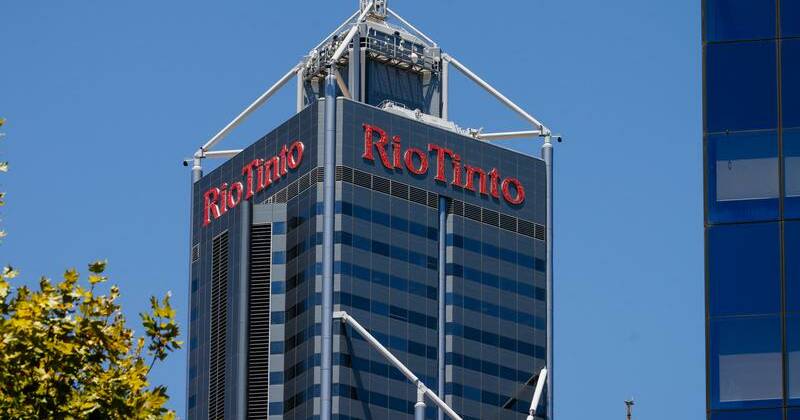
BREAKING NEWS: Rio Tinto has just reported a net profit of $4.5 billion for the first half of 2023, marking a 22% decline from the previous year as plunging iron ore prices and severe weather conditions take a toll on operations. The mining giant’s profits were impacted by four cyclones that hit its Pilbara operations, causing significant disruptions.
Iron ore prices have dropped dramatically, from $107 per tonne to as low as $93 per tonne, further squeezing profitability. CEO Jakob Stausholm, who is set to hand over the reins to incoming CEO Simon Trott on August 25, 2023, described the financial results as “resilient,” highlighting strong earnings and cash flow from other divisions like aluminium and copper.
Rio Tinto will distribute an interim ordinary dividend of $1.48 per share, totaling $2.4 billion, adhering to its commitment to a 50% payout ratio. Despite challenges with Pilbara shipments expected to fall to the lower end of forecasts due to cyclone damage, the company anticipates robust production growth in the mid-term, supported by a diverse pipeline of projects.
Bauxite and copper production are projected to exceed expectations, thanks to impressive performances from their mines and a successful ramp-up at an underground site in Mongolia. The company’s recent acquisition of Arcadium Lithium for $7.6 billion has increased its net debt to $14.6 billion, up from $5.5 billion at the end of 2024.
In a statement, Stausholm emphasized, “We are well positioned to generate value from our best-in-class project execution, together with growing demand for our products.” Analysts from RBC Capital Markets noted that despite the mixed results, sentiment around the performance remains positive, with operational results across key divisions beating expectations by 6% at the product group level.
Looking ahead, Rio Tinto expressed optimism about the resilience of the global economy, particularly in terms of ongoing commodity demand bolstered by the energy transition. The company is also optimistic about growth prospects in China, driven by domestic stimulus and infrastructure investment, despite challenges in the property sector.
In the United States, economic conditions remain stable with commodity demand, although the housing market is struggling due to high mortgage rates and construction costs.
As Rio Tinto navigates these challenges, the market will be closely watching the company’s next steps, especially under new leadership. Stay tuned for further updates on this developing story.







